1880s Jardiniere with a continuous danish seascape scene flanked by a raised floral relief. Marked Etruria Delft with artist insignia (J) (T) (Joost Thooft) 1876-1884.
Vraag
I do not understand how “Etruria” relates to Delft Pottery as this planter is marked. If anyone can share what this mark means I would appreciate it.
Afmetingen
9.25" W x 6.5" D x 3.25" H
Collectie
publiekscollectie
Merk
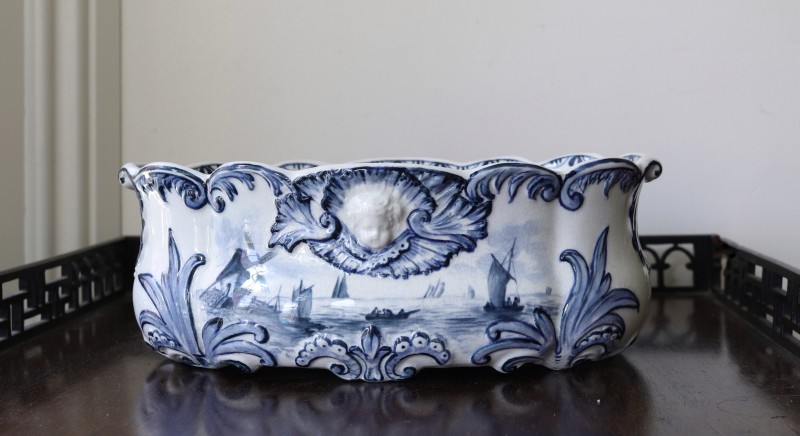
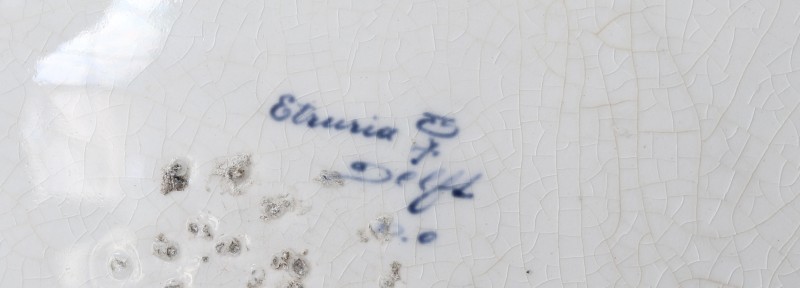
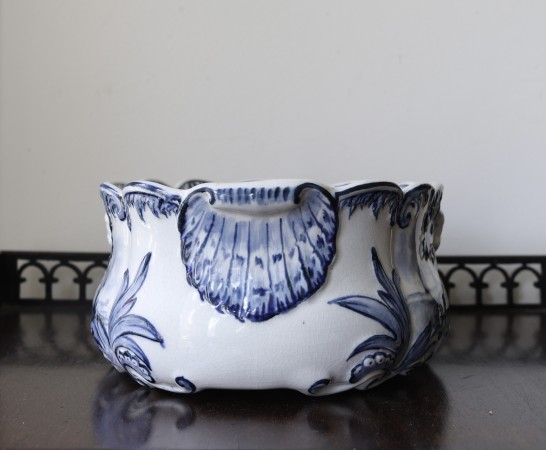
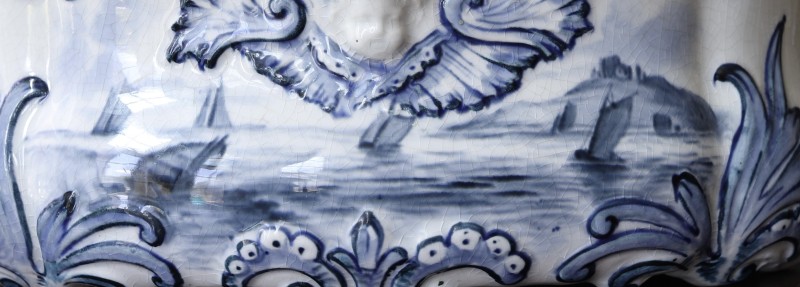









Reacties 2
Verdict:
Analysis:
Merk:
In the first half of the 19th century, Henricus Arnoldus Piccardt, the owner of the Porceleyne Fles, where your planter has been made, invested a lot in competing the successful English creamware. He, and later his daughter Geertruida Piccardt, tried to copy the material. It is known that objects were also provided with English names such as 'London' and 'Victoria'. Although your planter has been made later, at the time Joost Thooft was owner of the company (1876-1884), it could be that 'Etruria', which is most likely the model name, should also be seen in this light.
In reply to In the first half of the… by Femke Haitsma Mulier
Thank you for this information. I found out that it is not delft pottery at all but an American company (Etruria pottery co.) known for their fine Delft imitations.
Add new comment
Only logged in users can post comments
Log in or register to post comments